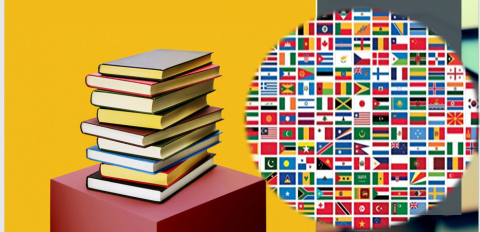Diversity in Education Systems: What makes for a unique education experience in different parts of the world.
Aug 11,2020
Let’s face it, no individual or country can hope to progress without education in whatever form. Quite interestingly, the method of learning differs in all parts of the world. These differences arise from culture, early child enrollment, available technology and resources, equal chances, and better pay for the teachers.
Early Enrollment
Enrollment of a child for formal schooling is determined by age or sometimes maturity. In some tribes in Nigeria (West Africa), children are allowed to start school only when they can stretch their hands over their head and touch the ear on the other side of their heads. This was a sign of ‘maturity and readiness’ to start formal education and the age of the child was inconsequential. Of course, this practice is no longer common due to the increase in westernization. In most countries, child school enrollment varies from age 3 (France) to age 7/8 such as in South Africa, the United States, and Finland. There are still a lot of controversies on how early or later a child should start formal school. One of the factors that keep Finland as one of the top best educational systems is early education combined with what I will call a ‘unique’ curriculum. Early grade students have just 20 hrs. a week of school with at least 75 minutes of daily recess. Individual teachers sometimes decide their class curriculum and how much technology the children are exposed to. An interview with Finland’s minister of education revealed that they do not have homework! Or if they do give any to the students, it is usually an average of 10 minutes' work. Still, Finland's system of education ranks among the best in the world. It begs the question that at an early age, how much classroom work contributes to the learning process?
Culture
Cultural differences have also influenced various school systems all around the world. For a country like Iran, all boys and girls go to separate schools, and recently, Iran’s Ministry of Education announced to start publishing separate textbooks for boys and girls. Some countries such as Mexico, Malaysia, and Nigeria require all pre-college students to wear uniforms. This uniformity in clothing, hairstyles, and sometimes footwear makes the students look smart and responsible. Some schools in Australia and New Zealand do not require kids to wear shoes and this is a way of letting kids be kids. The manner teachers or instructors are addressed by the students also differs in different parts of the world. For countries in Africa and India, including Portugal and some other countries, students do not directly address their teachers by their names. It is thought to be a sign of disrespect and improper upbringing. Suffixes like “Mr.”, “Mrs.”, “Madam”, “Teacher”, etc. are to be included before the surname when addressing a teacher/instructor. It is believed that this builds respect for elders in the students from a tender age. In other countries, it is totally fine for students to call teachers by their given names without it being thought of as disrespectful. In these scenarios, students interact with their instructors more freely thereby creating a more relaxed environment for learning.
Technology and qualified Teachers
Countries where the teachers are better paid and technological resources are readily accessible tend to have a much better education system. The world is quickly evolving into a more technologically inclined society and this is being readily adapted in school curriculums. Technology has expanded access to education and today, a colossal amount of information is at the fingertips through the internet. It has increased opportunities for communication and academic collaborations across the globe. However, tech or no tech, effective learning is all about teaching. In Finland, certain educational qualifications are required when hiring teachers even for elementary schools. Teachers are required to have a master's degree or at least a professional degree aside from a bachelor's degree. This ascertains, to a high extent, that they are knowledgeable and capable of giving quality lessons in the classrooms.
Activities!!!
Activities such as industrial attachments, study abroad, exchange programs, summer schools, conferences, and group projects have been incorporated into the diverse school curriculums. This has enabled a much richer learning process for students outside the classroom and has provided opportunities to relate theoretical information with more practical knowledge through hands-on experiences.
Generally, the education system is constantly evolving globally to meet with societal demands and different institutions adapt based on their available economic resources.





